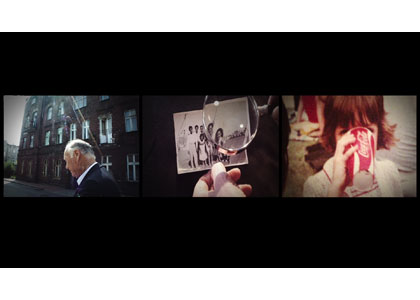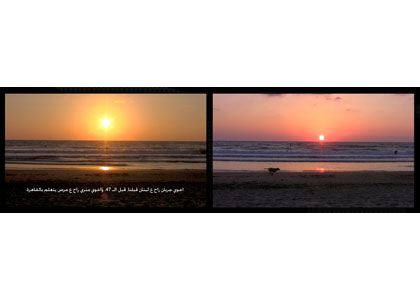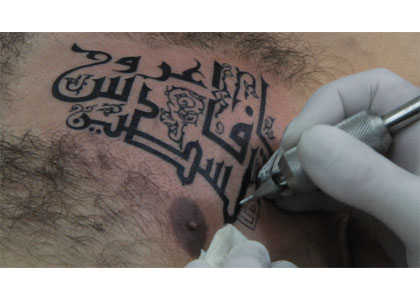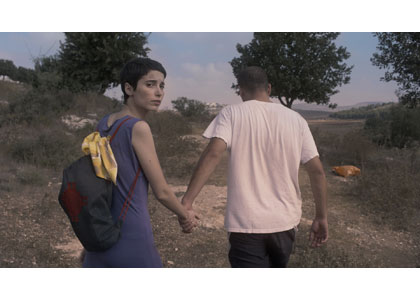A selection of video works
Curator: Hadas Maor
07/06/2018 -
29/09/2018
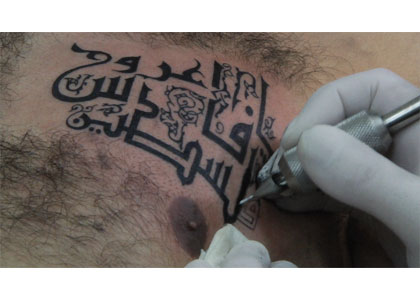
The video works presented in the Spot address questions of place, memory, and identity, delving into the transient, unstable dimension associated with these notions. As opposed to the distinctly absent presence of the body in the sculptural installations by Tatiana Trouvé and Yaara Zach, the video works in this cluster are based on private biographical stories, whether real or imaginary, told in the first person, unfolding a disrupted, flawed, lacking linear outline of individual identity which cannot be separated from the broader national-geographic context.
In all of the works, memory forms a major tool in constituting a self-perception of identity and belonging, yet memory is fragmented, broken, unraveled. Thus, much like the sculptural installations, the video works introduce concepts such as immigration, nomadism, affiliation, etc., ostensibly anchoring the principled dimension underlying these installations into a particular, time- and place-specific stance. While personal and specific, this stance is nevertheless subordinated to greater forces, which activate it in the public sphere, defining the boundaries of its existence.

